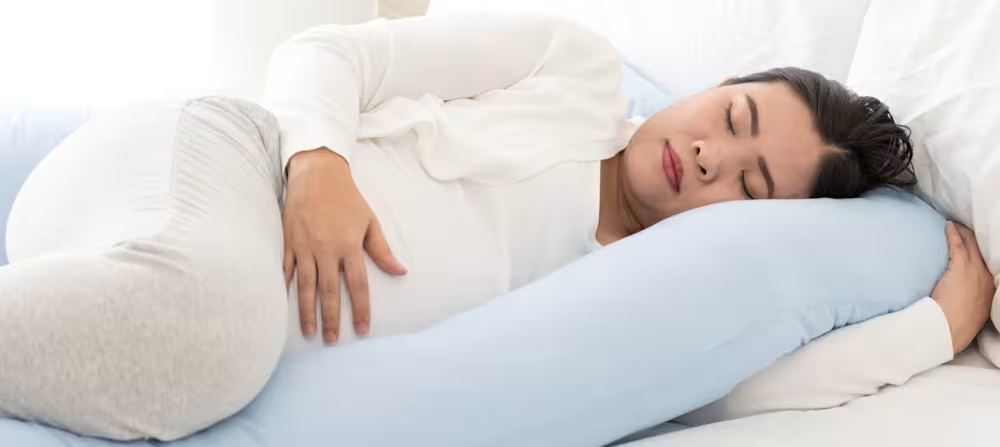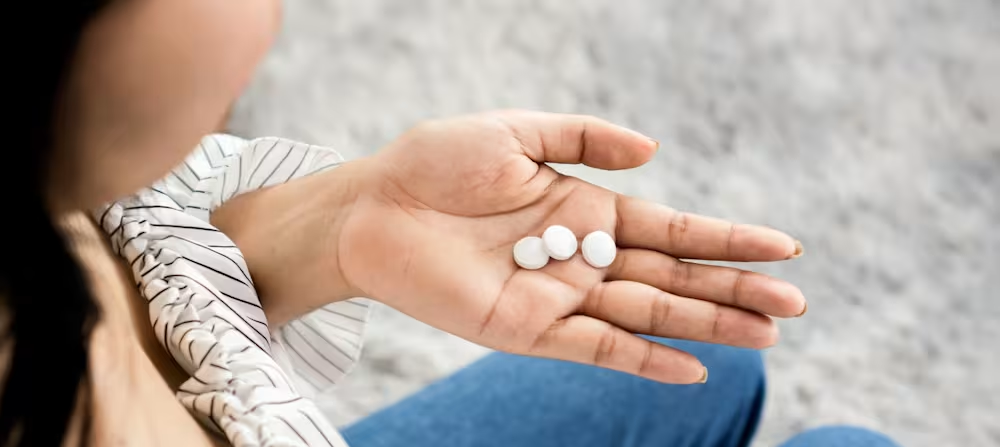Mommy’s Wrist (Mommy’s Thumb): Symptoms, causes, and treatment
Updated Oct 17, 2025

There seems to be an unquantifiable number of things parents just aren’t prepared for or expecting when it comes to bringing a newborn into the world. Recovering from childbirth, and sleep deprivation seem obvious. But the sudden onslaught of stabbing hand and wrist pain? Not part of the bargain.
I’m talking about a phenomenon commonly known as “Mommy’s wrist.” Mommy’s wrist is incredibly common and thankfully, a treatable condition. This article will equip you with the knowledge to identify, understand, and treat this pesky condition so that you can get back to parenting with far more comfort.
What is Mommy’s wrist?
Mommy’s wrist is caused by inflammation over the base of the thumb and wrist. The medical name is “de Quervains Tenosynovitis,” which is a fancy term for tendonitis (inflammation of the tendon). Because of the prevalence reported in post-partum mothers, this tendonitis has been aptly dubbed “Mommy’s wrist.”
As an Occupational Therapist, I’ve also seen this many times in clinics with patients who perform manual labor, or who spend a significant amount of time with their wrists in repetitive movement - similar to tennis players or factory workers.
Symptoms
Have you ever been holding your sleeping baby or trying your darndest to achieve the best breastfeeding position, only to wince in agony when you move your hand or wrist again? I remember a burning sensation in my wrist after a long contact nap where I was holding my baby in a “just right” position so that he’d stay asleep, not realizing that my wrist was in a very awkward position.
Symptoms may include:
Pain on the thumb side of the wrist, whether at rest or with activity.
Tenderness, burning, dull ache, or shooting sensation in the thumb and/or wrist.
Difficulty with dynamic or grasping movements of the hands or wrist (i.e. movements that change the shape of your hand), such as turning a door handle or opening jars.
Popping or clicking sensation in the thumb or wrist.
Causes
While doctors don’t always know what causes this condition, overuse and repetitive movement can result in de Quervain's tenosynovitis. And, as luck would have it, early parenthood is riddled with repetitive movement: picking up the car seat, holding and soothing, feeding, and changing the baby.
Not to mention, due to exhaustion, parents often fall asleep (or should I say pass out?) in wonky positions. Falling asleep with wrists in hyperflexion, or very curled up, can exacerbate the inflammation in the tendons.
Home remedies
The first step to addressing Mommy’s wrist is recognizing that repetitive movements and awkward wrist positions are triggering the symptoms, so it’s important to try to avoid overuse of the wrist as well as hyperflexion or hyperextending.
Adequate rest coupled with avoidance of forceful gripping and using the hand or wrist for a week or so will usually resolve symptoms. However, how realistic is that for most parents? Not very. For many, purchasing an over-the-counter wrist splint helps to keep a neutral position of the wrist. This helps to avoid those extremes of movement and protects against further damage to the joints and tendons.
Icing and over-the-counter anti-inflammatories are also effective ways to reduce inflammation and provide pain relief.
Exercises for Mommy's wrist prevention
To prevent Mommy's wrist, it's important to strengthen your thumb and wrist. Here are some exercises that can help.
Lay your hand flat on a table and move your thumb up and away from the table. Then slowly bring it back down. Do this 10 times in a row, and then try to repeat it a few times a day until your thumb and wrist are stronger and you can tolerate doing it more.
Place your fingers inside a rubber band. Then open your fingers slowly to create tension and stretch the rubber band. Repeat this 10 times as well and do the exercise a few times a day as tolerated.
When to see a doctor
If symptoms are not controlled with rest or a wrist splint, and the pain is causing you to not be able to do things, it’s important to reach out to your primary care doctor, who will likely refer you to a Physical or Occupational Therapist for treatment.
Treatments
You will likely work with a Physical or Occupational Therapist for treatments. The good news is that surgery is rare, and conservative treatment for Mommy’s wrist can often be used to resolve symptoms in just a few sessions. Therapists may use manual interventions and kinesiology taping. Steroid injections may be considered as well.
Takeaway
Mommy’s wrist is very common, and sometimes an unfortunate “side effect” of the post-partum period. It’s deserving of more attention because often I find that parents will suffer in silence. That shouldn’t happen!
It can be hard to avoid wrist pain postpartum with all of the rocking, holding, cuddling, and lifting we naturally do in those early months.
Be mindful of protecting your wrists when you can. If you do experience pain, don’t wait to address it. You deserve to take care of yourself, too!
Mommy's wrist FAQ
Share article:
Note: The content on this site is for informational purposes only and should not replace medical advice from your doctor, pediatrician, or medical professional. If you have questions or concerns, you should contact a medical professional.
1 Sources
Share article:







